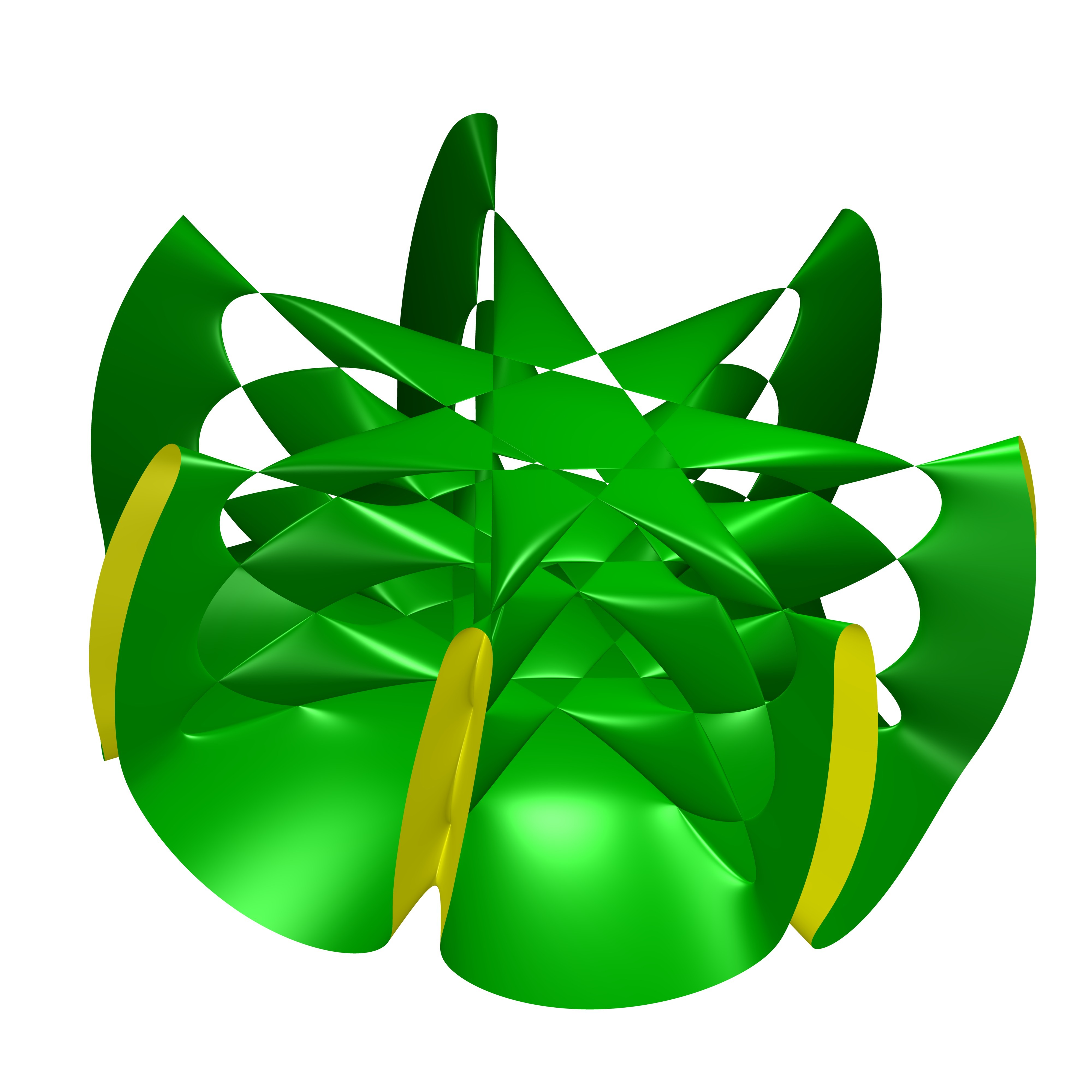
ECOS-ANID workshop in Algebraic Geometry
Thursday 12 and Thursday 19 of november 2020
University of Poitiers (France)-Universidad de la Frontera, Temuco (Chili), Virtual Meeting
Organizers: Paola Comparin (Universidad de la Frontera, Temuco), Alessandra Sarti (University of Poitiers)
We organize a 2 days virtual workshop in Algebraic Geometry in the framework of our
project between the University of Poitiers, Laboratoire de Mathématiques et Applications and the Universidad de la Frontera Temuco,
Departamento de Matemática y Estadística supported by the french ECOS-Sud and
the chilean ANID. This is also part of the activities of the new CENTRO DE EXCELENCIA GEOMETRÍA EN
LA FRONTERA, Research Center - Geometry at the Frontier.

Speakers
Benjamín Baeza (Temuco), Pietro Beri (Poitiers), Samuel Boissière (Poitiers), Claudia Correa (Concepción), Simone Novario (Poitiers/Milan), Sebastián Reyes-Carocca (Temuco).
S. Reyes-Carocca, 14h00-14h40 (10h00-10h40 chilean time)
P. Beri, 14h50-15h30 (10h50-11h30 chilean time)
Break : 15h30-16h00 (11h30-12h00 chilean time)
S. Novario, 16h00-16h40 (12h00-12h40 chilean time).
C. Correa, 14h00-14h40 (10h00-10h40 chilean time)
B. Baeza, 14h50-15h30 (10h50-11h30 chilean time)
Break: 15h30-16h00 (11h30-12h00 chilean time)
S. Boissière, 16h00-16h40 (12h00-12h40 chilean time).
Title: On the Galois closure of a degree 5
covering and the isotypical decomposition of its Jacobian variety Abstract: For a given degree 5 covering map f between smooth projective curves,
we will determine all its possible Galois closures in terms of the ramication data of f;
that is, we will get an action of a transitive subgroup G of the symmetric group of degree 5
on a curve C such that both of the former curves are quotients of C by subgroups of G. Moreover,
since this action induces another one in the Jacobian variety J of C, we will obtain the
isotypical decomposition of J in terms of the Jacobian and Prym varieties associated
to the intermediate covering maps induced by subgroups of G. These results are part
of my Ph.D. thesis, which is still in progress.
Title: K3 surfaces associated to a double EPW sextic Abstract: Double EPW sextics are fourfold which, in the smooth case, constitute a
locally complete family of polarized hyperkähler manifolds that are
equivalent by deformation to Hilbert squares of K3 surfaces. O'Grady, in
2006, established a relation between double EPW sextics and K3 surfaces
inside P^6. In this talk we give an insight of the construction,
in the more explicit version provided by Debarre-Kuznetsov in 2015, and we
give an answer to the following natural question: when does a K3 surfaces
inside P^6 is associated to a double EPW sextic which is smooth,
and thus a hyperkähler manifold?
Talks of thursday 12 of november
Talks of thursday 19 of november
Titles and Abstracts
Title: Divisorial contractions to codimension three orbits
Abstract: I will present some recent results obtained in collaboration with Enrica Floris on the description of high dimensional equivariant divisorial contractions with nice geometric properties.
Slides of the talk Claudia Correa (Concepción)Title: Cox ring of K3 surfaces of Picard number three
Abstract: In this talk we will see a general theorem on Cox rings of (not necessarily Mori dream) K3 surfaces, and some techniques based on Koszul exact sequences to determine the degrees of a generating set for the Cox rings of general elements of the families of Mori dream K3 surfaces of Picard number three. This work is in collaboration with Michela Artebani and Antonio Laface.
Slides of the talk Simone Novario (Poitiers/Milan)Title: Linear systems on Hilbert squares of K3 surfaces
Abstract: A classical result of Saint–Donat says that if X is a complex projective K3 surface which admits an ample divisor D with D^2=2, then the complete linear system |D| is basepoint free and the morphism induced is a double cover ramified over a smooth sextic curve of the projective plane. It is natural to investigate what happens for Irreducible Holomorphic Symplectic (IHS) manifolds, higher dimensional analogues of K3 surfaces. We focus on Hilbert squares of generic projective K3 surfaces, i.e., K3 surfaces with Picard group of rank 1, which admit an ample divisor D with square 2 with respect to the Beauville-Bogomolov form. By a result of Beauville, these varieties have an anti-symplectic involution whose fixed locus is a smooth surface. By a result of Boissière–Cattaneo–Nieper-Wisskirchen–Sarti, this involution generates the automorphism group. The problem is to determine the base locus of the complete linear system |D| and to describe geometrically the map that this induces. We will give a complete solution in the case of the Hilbert square of the smooth quartic surface in P^3. In the other cases we will show that the map induced by |D| factorises through the quotient by the anti-symplectic involution and, following an idea of O’Grady, the base locus is empty. We will also compute the cohomology class of the Poincaré dual of the fixed locus of the anti-symplectic involution. Time permitting, we will make some remarks on the group of integral Hodge classes of degree 4 of these varieties.
Slides of the talk Sebastián Reyes-Carocca (Temuco)Title: On large prime actions on Riemann surfaces
Abstract: In this talk we shall discuss a classification of compact Riemann surfaces of genus g with an automorphism of prime order g+1. We shall also give an algebraic description of these surfaces and of their automorphism groups, and an isogeny decomposition of their Jacobian varieties. This is a joint work with Anita M. Rojas.
Slides of the talk
Posters
Pictures